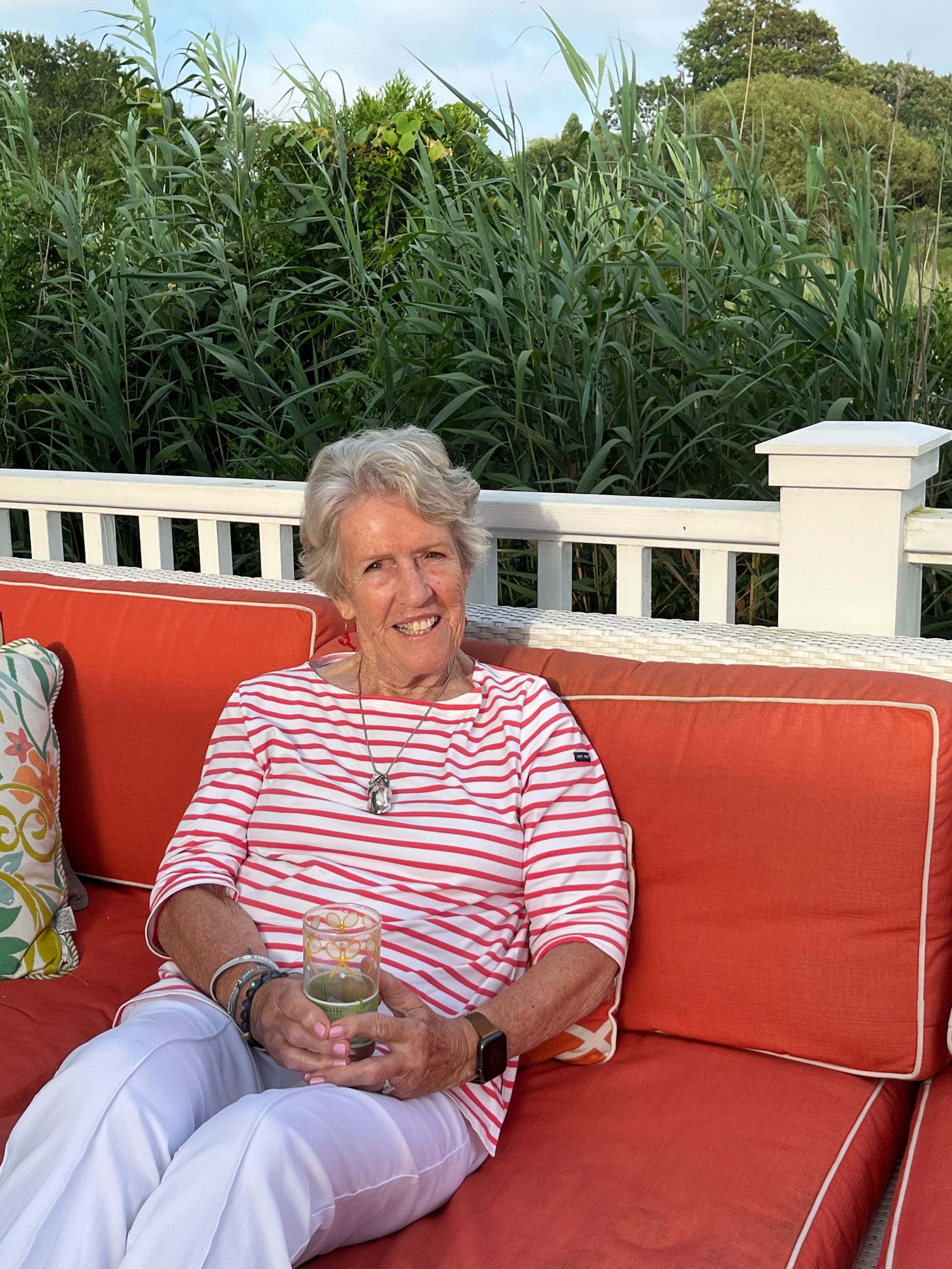THANK YOU, TEAM 5902
/Last Fall, 27 students gathered in a spacious workshop area of Portsmouth (N.H.) High School with an ambitious goal: to design and build a robot that could go head-to-head (and win!) against other robots in spirited high school contests throughout New England. The Wire Clippers named their robot Han Swolo (“he protec … he attac”) in a play on this year’s “Star Wars” theme.
But the robot had trouble meeting the 120 pound maximum weight requirement so the team, aka 5902, nicknamed it “Fat Bastard.”
Fat Bastard is about 120 inches in perimeter and stands four feet tall. When taking the floor for its first competition in late February, it could collect low balls from a wall, shoot low balls, raise a lift mechanism, and climb and suspend on a pivoting crossbar. Additionally, during autonomous action (computer code controlled, not human player), it could spin, cross a line, approach the wall and put three balls in low areas. Fat Bastard also seemed to take particular delight shoving aside other competing robots in the race against the clock.
But during that first contest, Fat Bastard suffered a few glitches. The Wire Clippers did win an “entrepreneurship” award, and their captain, red-headed high school senior Max MacCannell, told his disappointed group of programmers, researchers and the pit crew, “There’s always next month.”
We all know what happened the next month. Schools shut their doors, the world went into quarantine and dust settled on the robot. Heartbroken their season ended early, missing two major competitions in March and April, Team 5902 wanted to stay connected.
Suddenly it occurred to this group of bright young minds: we have a 3D printer, there’s a need for face masks, we have the time and ingenuity, so let’s get to work.
Wearing masks, gloves and other PPE, several team members drove to the high school and, with permission, retrieved the 3D printer and other equipment they use during the build season, including Clorox wipes, gloves, masks and face shields. They were lucky enough to also be loaned a second 3D printer. One printer was stationed at Max’s house, the other at his friend Will’s.
The team researched demo prints of ear savers and plastic facial head masks. They ordered spools of PLA (plastic filament) and ABS (composite plastic). They collaborated via videoconferencing to work out kinks involving the 3D printer learning curve. And then they began cranking out ear savers and face shields.
“Probably the hardest part of all this was just getting the printer,” Max admits. “Once you set it up for masks and stuff, it’s not simple but you can do it. The printers work for several hours, then shut off for two so we can scrape the print bed, and then start up again. They run from 7 AM until well after midnight, creating a bunch of ear savers and face shields every day.”
(NOTE: the blue ear savers alleviate a tight-fitting mask. A nurse who received one wrote, “We are wearing N95 masks around the clock, and re-using them after daily use, so the straps get worn and they are very irritating to our ears. These ear savers are beyond kind and thoughtful. Thank you.”) Max told me, “These health care workers are risking their lives— we owe them our thanks.”
Who gets these donations? Almost every team member of the Wire Clippers knows someone in the health care field — nurses at different hospitals in Boston, a local senior living center, a physical therapy company, a kidney dialysis nursing group, even several hospitals in San Francisco including one where Max was born 18 years ago. The recipient list grows daily.
Max adds, “We also gave some of our first ear savers to the custodians at the high school who are working hard to get the school safe and clean.” Additionally, several team members are sewing masks for non-frontline health care workers.
“Whenever you help people out, it’s a good thing,” Max says.
I’ll add that having a grandson like Max is an especially good thing.
For more information, email thewireclippers5902@gmail.com or go to their website: wireclippers5902.org










